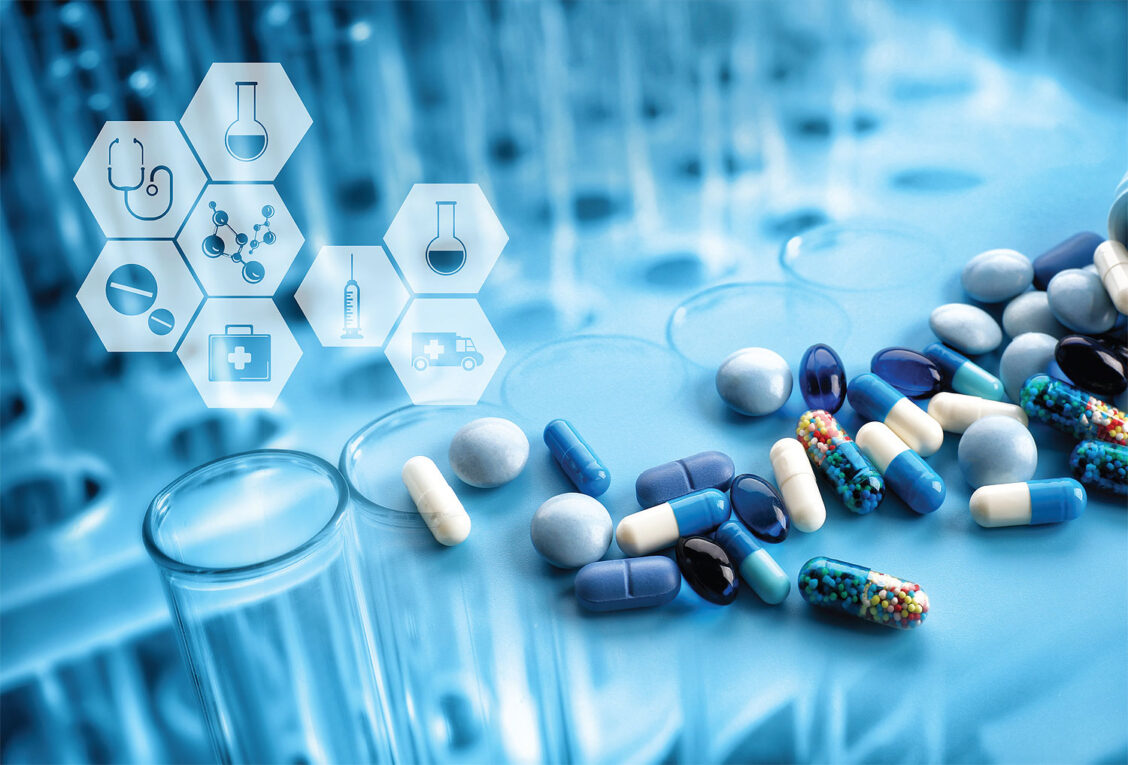The goal of any pharmaceutical treatment is to effectively deliver medication to the body in a way that alleviates health conditions. However, achieving this goal can prove challenging. Traditional oral and injectable medications often have shortcomings like lack of targeting, decreased bioavailability, and short circulation times that limit their effectiveness. In recent decades, pharmaceutical researchers have worked to address these issues by developing novel drug delivery methods. These innovative approaches aim to more precisely deliver drugs, improve drug properties, and enhance patient outcomes.
Targeted Drug Delivery
One of the major goals of new drug delivery technologies is to enhance targeting of medications. Rather than distributing drugs systemically throughout the body, targeted delivery aims to direct therapeutic agents specifically to the disease site. This is achieved through various carrier platforms like nanoparticles, liposomes, and polymeric micelles that encapsulate drugs. When coated with targeting ligands specific to cells or tissues of interest, these carriers can selectively ferry pharmaceutical payloads.
Some targeted Pharmaceutical Drug Delivery approaches under investigation include antibody-drug conjugates for cancer, ligand-functionalized nanoparticles for inflammatory diseases, and biomimetic carriers for crossing biological barriers. By homing in on diseased areas, these targeted systems may reduce drug dosage needs and minimize undesirable off-site effects. Some oncology trials show antibody-drug conjugates significantly extending patient survival compared to traditional chemotherapy. Targeted delivery holds promise for improving outcomes across a range of conditions from infections to neurological disorders.
Controlled Release Formulations
Another strategy to optimize drug exposure is controlled release formulations. These delivery platforms aim to systematically meter out pharmaceuticals over extended time periods, maintaining steady therapeutic levels. This differs from traditional pills or injections which yield high initial concentrations that quickly taper off. Controlled release formulations employ various mechanisms like diffusion, erosion, or triggered responses to modulate drug release kinetics.
Example technologies under study consist of implantable devices, cochleate formulations, and hydrogels embedded with drugs. Implants releasing drugs continuously for months to years show ability to treat chronic conditions effectively with minimal dosing. Meanwhile, stimuli-sensitive hydrogels allow tuning release based on factors like temperature or pH, enabling treatment adjustments on demand. Overall, controlled release aims to enhance compliance, minimize side effects, and simplify dosing regimens. Clinical evidence indicates these formulations can considerably improve management of disorders from diabetes to chronic pain compared to standard regimens.
Alternate Routes of Administration
In addition to new delivery designs, alternate administration pathways beyond oral and injection are an active area of innovation. This expanded scope seeks to overcome barriers posed by traditional modes as well as create new therapeutic options. Some novel administration routes in development include pulmonary, transdermal, and mucoadhesive platforms.
Pulmonary drug delivery directly deposits pharmaceuticals into the lungs for treating respiratory illnesses or delivering systemic drugs. Inhaled insulin demonstrates potential as an improvement over injections for diabetes patients. Transdermal patches provide a needle-free option for sustained drug delivery through the skin, helping increase medication adherence. Mucoadhesive nanoparticles interacting with mucosal surfaces aim to treat various gastrointestinal disorders in innovative ways. Overall, exploring new portals of entry creates promising pathways for localized treatment and offers patients more comfortable self-administration choices.
Pharmaceutical drug delivery technologies have advanced significantly in recent times, driven by the need for superior patient outcomes. Novel platforms like targeted carriers, controlled release formulations, and alternate administration methods have shown ability to enhance drug properties, expand therapeutic applications, and improve medication management. As delivery science continues its momentum, new breakthroughs are expected to transform treatment approaches across a spectrum of diseases. With ongoing research and development, innovative drug delivery designs will play an increasingly important role in modern medicine going forward.
*Note:
1. Source: Coherent Market Insights, Public sources, Desk research
2. We have leveraged AI tools to mine information and compile it

